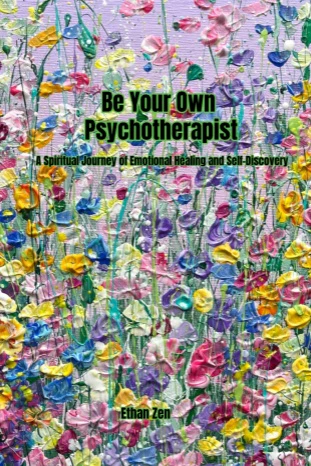Understanding Emotions to Better Release Negative Emotions
How Do Hurtful Emotions Affect Your Mind?
Meditation is a highly effective method for dealing with negative emotions. These emotions can feel uncomfortable and difficult to resist, and when we try to ignore or push them away, the discomfort often worsens. Through meditation, we learn to recognize our negative emotions without labeling them, enhancing our self-awareness. Accepting and understanding emotions as part of life helps us see them as protective mechanisms. For example, anger can be beneficial; it motivates us to set boundaries, much like a mother bear protecting her cubs. Healthy anger is acknowledged, expressed, and released once the danger has passed. However, when we cling to anger or other emotions, whether intentionally or unintentionally, they can turn negative. Although avoiding or distracting ourselves from our emotions is a common response, it is ultimately harmful. Avoiding emotions only leads to greater suffering.

How Inappropriately Expressed Emotions Can Harm Us:
- Over-Identification: Repeatedly dwelling on an emotion and linking it to other situations can cause it to escalate quickly in a spiral. This storytelling process can provoke more intense feelings.
- Persistence: Emotions, like all mental activities, arise, last for a while, and then dissipate. However, sometimes they feel so overwhelming that we mistakenly believe they are permanent, leading to obsession, rumination, and over-identification.
- Rigidity: We tend to label uncomfortable emotions as negative, but that is not their only role. All our emotions, even anger, can serve a healthy purpose. Each emotion can be understood from multiple perspectives.
- Loneliness: When experiencing intense, unwanted emotions, we may feel as though we are completely alone in our suffering.
Why Does Meditation Help Release Emotions?
Releasing negative emotions does not mean preventing them from occurring. The thoughts and emotions in our minds are complex and dynamic. Meditation is not about getting rid of emotions but, rather, learning to interact with them in more effective ways and allowing them to be released.
During meditation, the following practices can help you free yourself from negative emotions:
- Understanding Your True Self: Observe your emotions in meditation, recognizing that you are not your emotions but a stable, unaffected witness capable of noticing them.
- Embracing Impermanence: In meditation, notice how your emotions continually appear and disappear. They come and go unpredictably because impermanence is the norm.
- Being Open to New Perspectives: When you separate emotions from the stories behind them, you will realize that no emotion can be absolutely defined as good or bad. Since emotions are always changing, they can improve.
- Realizing You Are Not Alone: Through meditation, you will explore the truth about loneliness. Every emotion you experience has been felt by countless others. Meditation can open your heart, allowing you to express more gratitude toward yourself and others.

How to Use Meditation to Release Emotions:
While sitting in meditation, observe the emotions that are present. Maintain a neutral and curious attitude toward your feelings. Soften the over-identification that leads to misunderstanding by observing your emotions from a distance.
As you become more familiar with your emotions and how they feel in your body, you may start to notice subtle differences that you hadn’t perceived before. Dissolve the mind’s rigid definitions of emotions as permanent or solid by observing their movement and change.
With the inner space you create, you can regularly invite your emotions into this space. Try saying phrases like, “Thank you, you have served your purpose; I don’t need you anymore, and you can move on.” You can also communicate with your emotions: in a safe space, allow yourself to cry.
During meditation, you can ask your emotions what they need. Finally, approach each meditation session with the effort and intention to practice. It may not be easy at first, but each time you acknowledge your emotions and treat them with kindness, you release some of the pent-up feelings and facilitate your growth.







